
Mechanisms and Robotics Problem Solver - Robotics Solution Tool
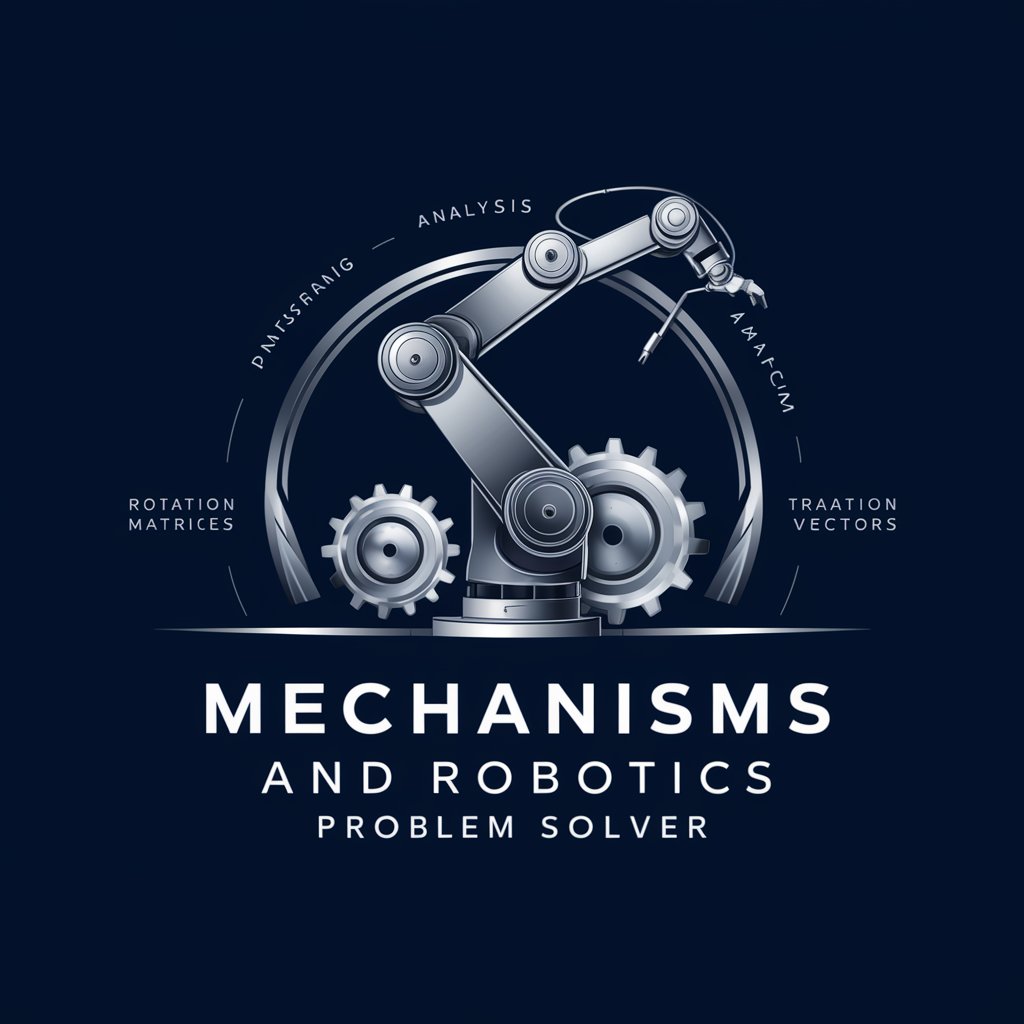
Welcome to the Mechanisms and Robotics Problem Solver.
Solving complex robotics challenges with AI.
Explain the process of forward kinematics for a six-axis robotic arm.
How can the Denavit-Hartenberg convention be used in kinematics?
Describe the difference between rotation and translation matrices.
What are the key components in robot motion control?
Get Embed Code
Introduction to Mechanisms and Robotics Problem Solver
Mechanisms and Robotics Problem Solver is an AI tool designed to provide solutions to problems in robotics, focusing on methodologies from 'Fundamentals of Robotics: Analysis and Control' by Robert J. Schilling. It specializes in forward and inverse kinematics, employing rotation and translation matrices and the Denavit-Hartenberg convention. Through practical examples, like calculating joint angles for robotic arms or optimizing robotic motion paths, it aids in the understanding and application of robotic principles. Powered by ChatGPT-4o。

Main Functions of Mechanisms and Robotics Problem Solver
Forward Kinematics Analysis
Example
Calculating the position and orientation of a robot's end-effector based on given joint parameters.
Scenario
In an industrial setting, determining the exact location of a robotic arm's gripper to coordinate precise movements in assembly tasks.
Inverse Kinematics Solutions
Example
Determining the necessary joint angles to achieve a desired position and orientation of the robot’s end-effector.
Scenario
Programming a robot to reach and manipulate objects in constrained spaces, essential in automated manufacturing lines.
Trajectory Planning
Example
Generating optimal paths that a robot must follow to accomplish a task efficiently, avoiding obstacles.
Scenario
In robotics surgery, ensuring smooth, precise, and safe movements of surgical instruments controlled by robotic systems.
Ideal Users of Mechanisms and Robotics Problem Solver Services
Robotics Engineers
Professionals involved in designing, programming, and managing robotic systems would benefit from the solver’s ability to streamline complex kinematic calculations and optimize robotic movements.
Educators and Students
In academic settings, teachers and learners can use this tool to enhance the understanding of robotic mechanics, kinematics, and control principles through practical applications and problem-solving.
Industrial Automation Professionals
Individuals in industries like manufacturing, automotive, and electronics, where automation is prevalent, can use this tool to improve the efficiency and reliability of robotic operations.

How to Utilize Mechanisms and Robotics Problem Solver
Start your journey
Initiate your exploration of robotics solutions by visiting yeschat.ai, where you can engage with Mechanisms and Robotics Problem Solver without the need for a subscription or login.
Identify your problem
Clearly define the robotics or mechanisms problem you're encountering, including any relevant specifications or constraints related to your project.
Use specific queries
Formulate detailed questions or scenarios that directly pertain to your problem, leveraging specific terms and conditions related to robotics and mechanisms for precise assistance.
Apply provided solutions
Implement the solutions or methodologies suggested by Mechanisms and Robotics Problem Solver, adapting the guidance to fit the specific requirements of your robotics project.
Refine and iterate
Evaluate the effectiveness of applied solutions, and don't hesitate to seek further clarification or alternative approaches from Mechanisms and Robotics Problem Solver as needed.
Try other advanced and practical GPTs
Mechanism Oriented Search (MOS)
Unleashing AI to Navigate Complex Mechanisms
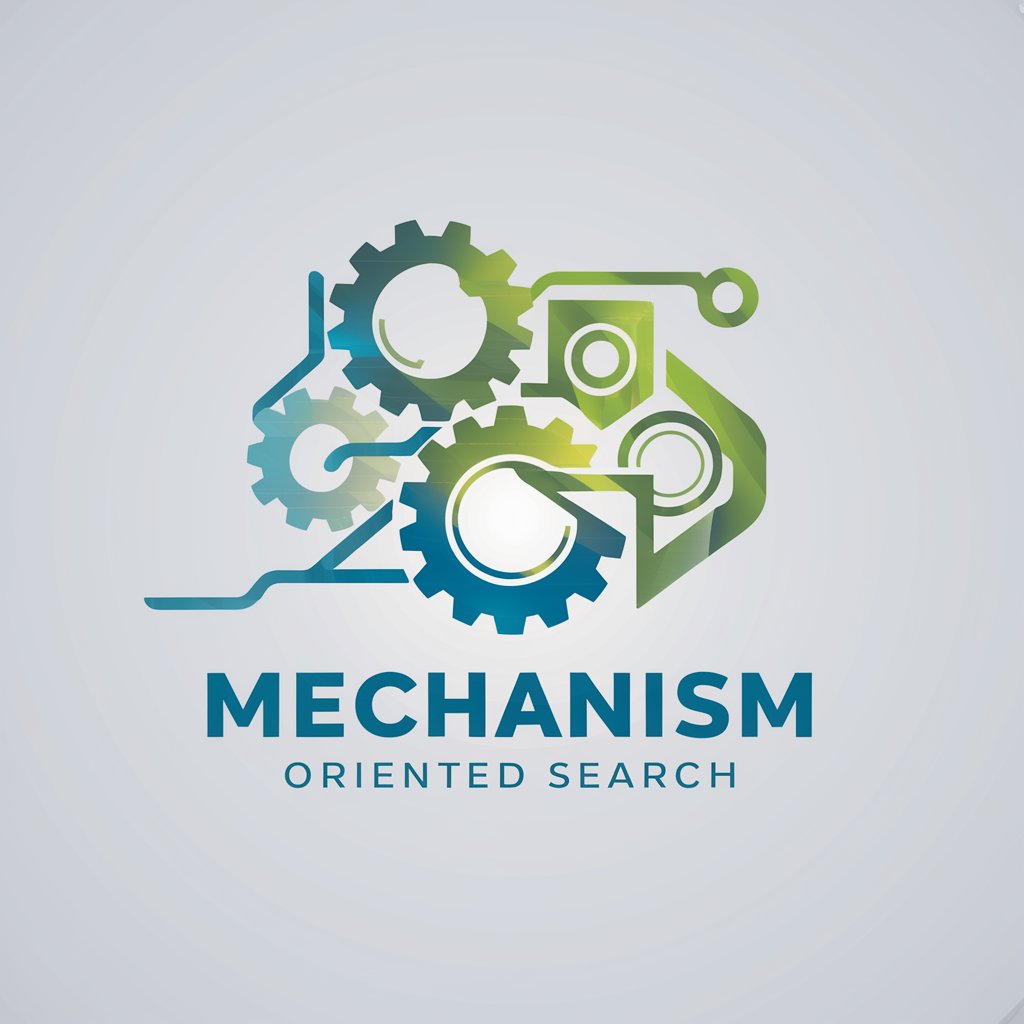
Intuition
Empowering Conversations with AI
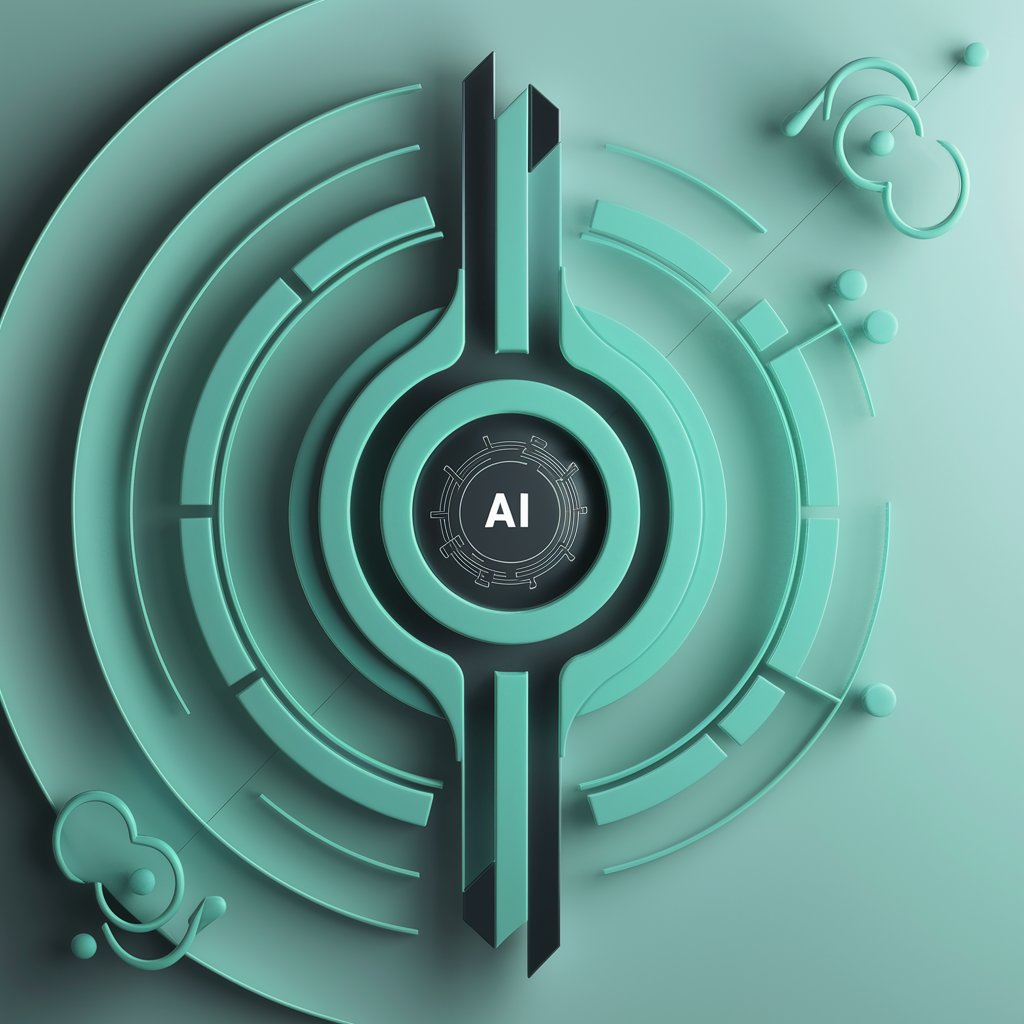
Psychology of Addiction
Empowering recovery with AI-powered insights

Innovative Mechanism Idea Generator
Unleash Creativity, Design the Future

BMRS Analyst | Balancing Mechanism Reporting Serv.
Harnessing AI for Smarter Energy Insights

B2B Marketing Maven
Empower Your B2B Marketing with AI

Mechanism Design Researcher
Empowering Decisions with AI-Driven Mechanism Design
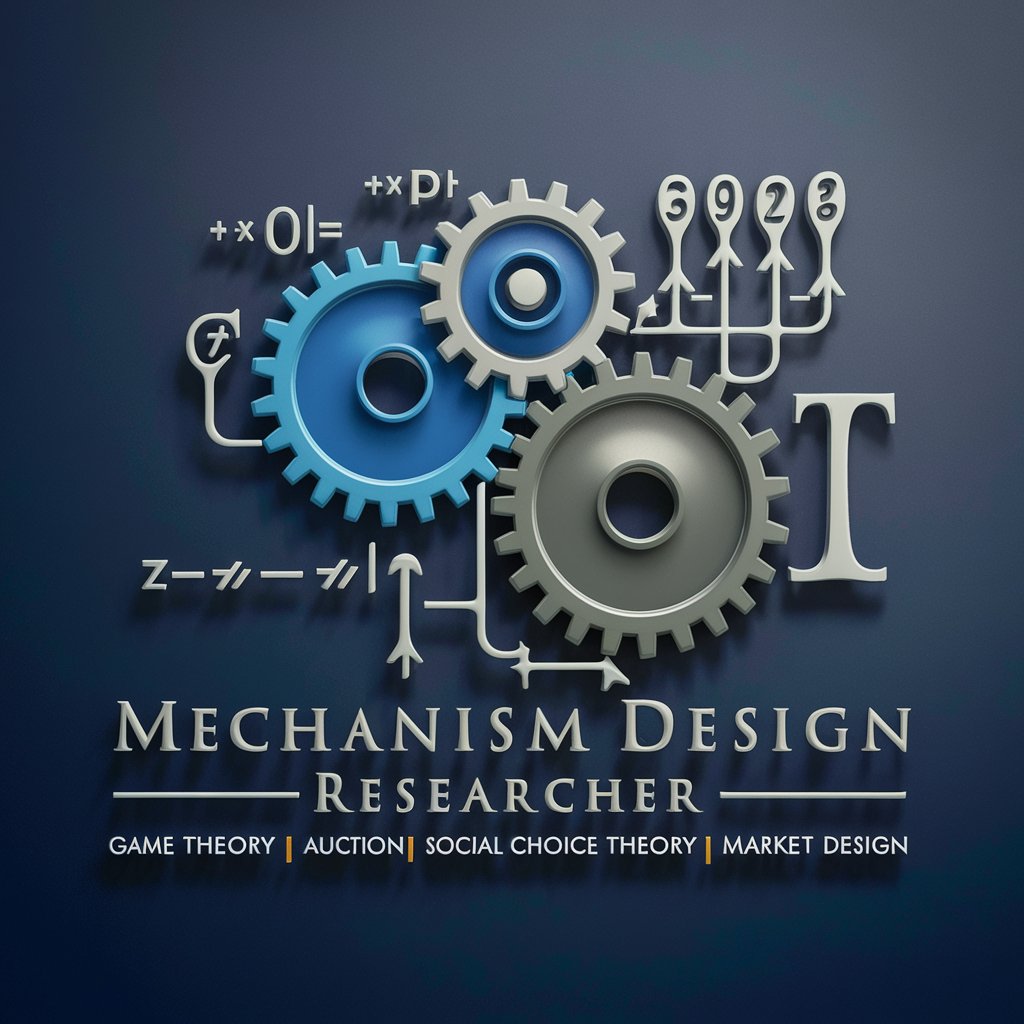
5E Mechanist
Empowering Your D&D Creativity with AI
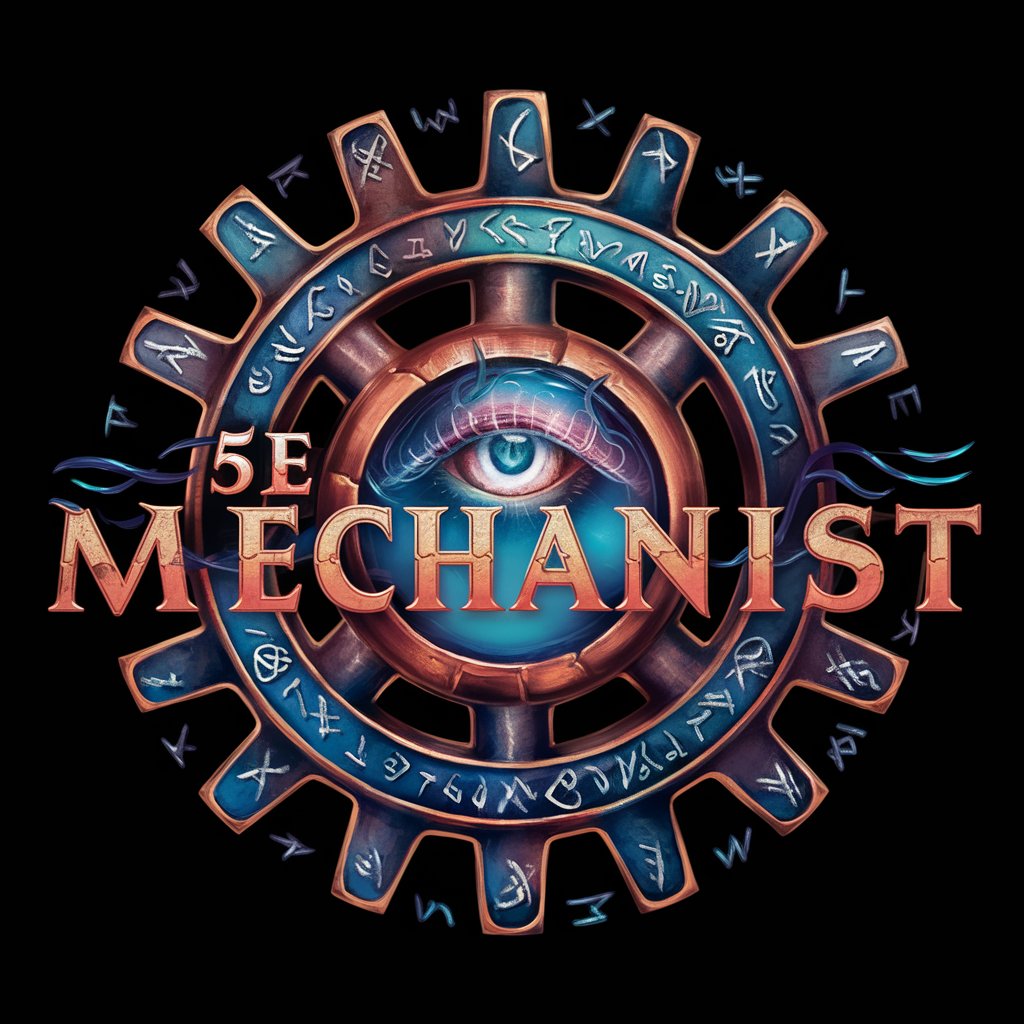
Kinematics and Dynamics of Mechanisms Tutor
AI-powered mechanism insights at your fingertips.
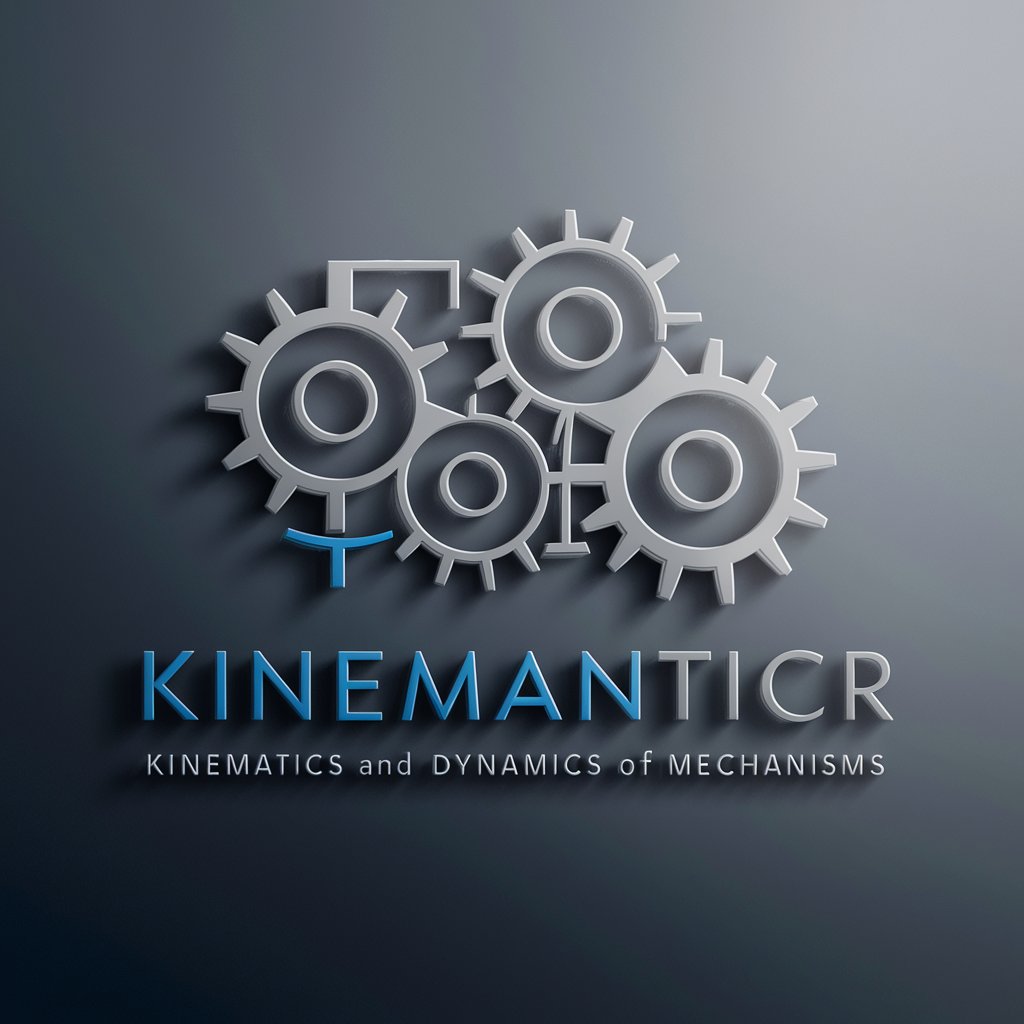
AI 彼女
Your AI-powered intimate companion.

健康彼女
Empower your health journey with AI

英語彼女
Master English with AI-powered cultural insights.

FAQs on Mechanisms and Robotics Problem Solver
What is Mechanisms and Robotics Problem Solver designed for?
Designed as a specialized AI tool, it aids users in solving complex problems related to robotics and mechanisms, focusing on providing solutions and methodologies based on advanced analysis and control principles.
Can it solve any type of robotics problem?
While it excels at addressing a wide range of issues, especially those concerning kinematics, dynamics, and control systems in robotics, its efficacy is contingent upon the specificity and clarity of the queries posed by users.
How does the tool handle incomplete or ambiguous problem statements?
It makes informed assumptions based on standard robotics practices to fill gaps in the provided details, striving to deliver the most accurate and applicable solutions possible.
Is the tool suitable for beginners in robotics?
Yes, it's designed to assist users at various levels of expertise, providing clear, concise, and applicable solutions, though users with a basic understanding of robotics concepts may derive the most benefit.
Can Mechanisms and Robotics Problem Solver assist in designing a robot from scratch?
While it offers profound insights and solutions for specific problems, comprehensive robot design involves additional considerations such as material selection, electronics, and software development, which may require further resources.